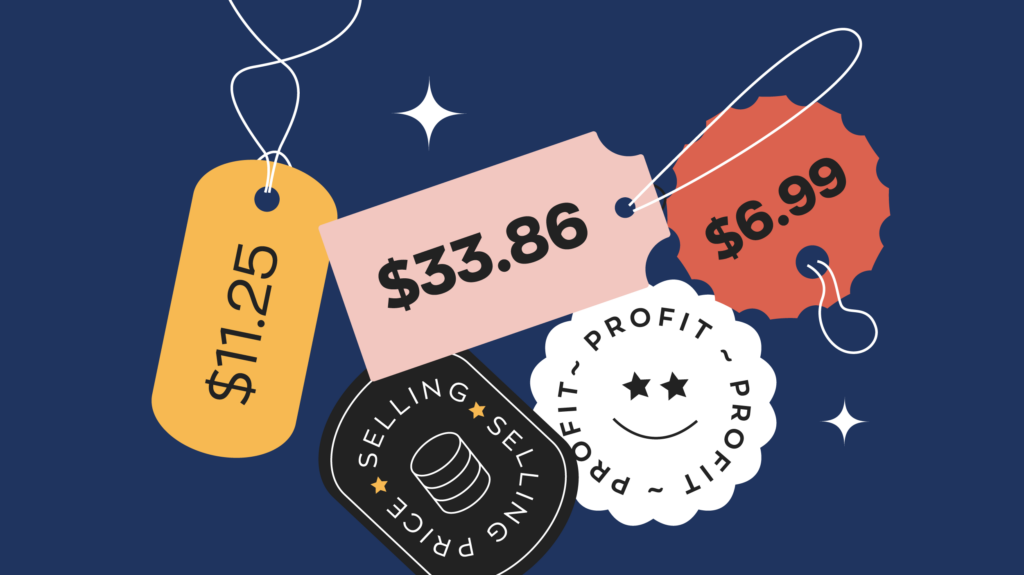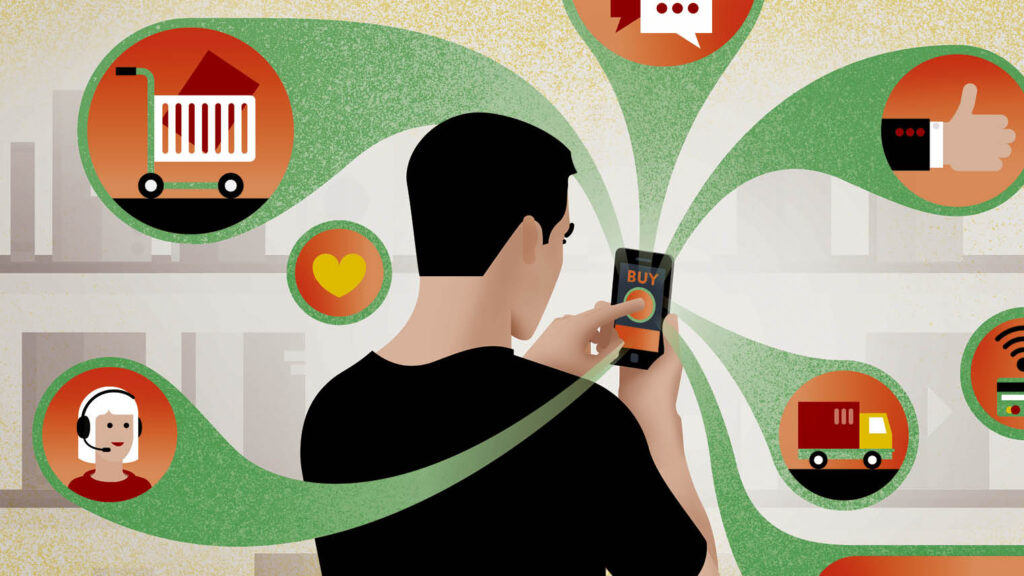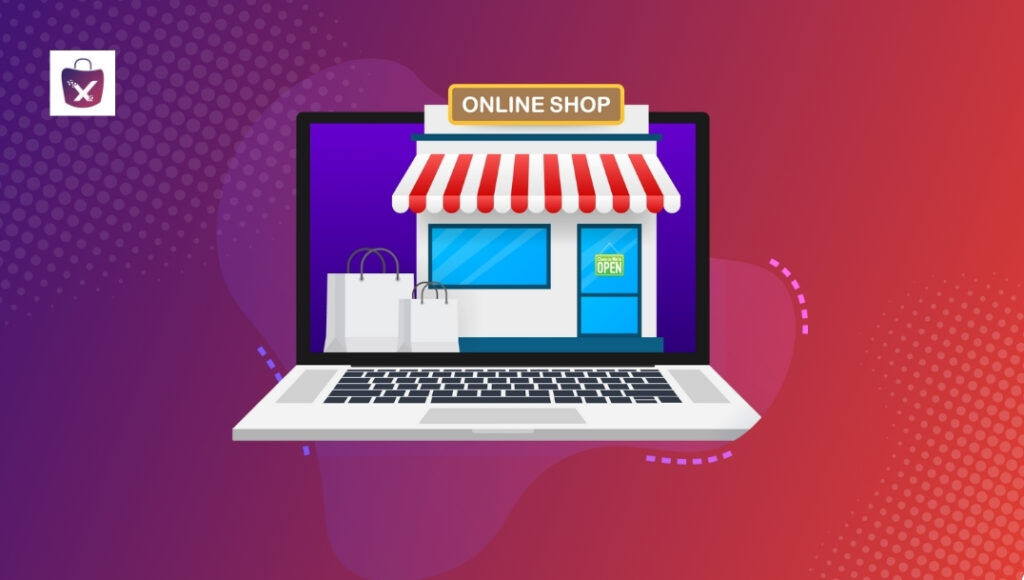Consumer insight has been the buzzword since big data made a big splash back in 2007. Today, consumer insight means everything from purchasing habits, trends, consumer response to marketing campaigns and the whole 9 yards. Consumer insight can therefore be best described as an ongoing case study of how your customers respond to you and vice versa.
Why Consumer Insight is Essential for Online Marketplaces

Source: medium.com
At this juncture, the logical question that comes along next would be why all of this is important. Here is the short simple explanation – Since online shopping is all about delivering not just the goods but also a great experience, it is imperative to get to know your shoppers well. It is therefore largely about their attitudes and expectations so that you can anticipate their habits and deliver accordingly.
Building a Customer-Centric Marketplace Through Consumer Insight
Broadly speaking, consumer insight enables you to develop a practical approach to building a customer-centric business. So how do you go about asking the right questions to establish the scope of consumer insight specifically in the context of ecommerce? According to a paper published by Kristianstad University, the two most important questions that you need to ask are:
- What are the main factors that affect a consumer while considering and purchasing a product from an online marketplace?
- What is the extent and influence of the factors thus established?
The Three Major Factors Influencing Consumer Behavior
Over and above everything else, the three major factors which influence consumer behavior in an online marketplace environment are:
- Price
- Trust
- Convenience
Let’s begin by exploring these factors in details
Price: The Obvious and Most Important Factor?

Source: inflowinventory.com
According to David Reibstein, although price may not be the sole factor influencing consumer behavior, observation points to the contrary. On an average customers do behave as if price is that one thing which draws them to a particular website. While other factors are easy to search and perhaps dampen the potential impact of price, customers do tend to use price as their primary factor in their search engines and follow that up by buying at that price.
Online marketplaces are generally able to offer prices 8-15% lower than their offline counterparts which make them the ideal hunting ground for price sensitive customers. Plus, there is also the added advantage that online shopping offers – the ability to easily compare prices and choose the lowest or most suitable offer.
This is exactly where consumer insight matters.
Source:Price2Spy
Customers looking for the best bargains are the least loyal, a natural extension of the behavior pattern. Therefore, retaining such customers can become an uphill task for small businesses with tighter margins. Not only will it cost money to retain them, they will move on to the next best offer on a different site even against a cost difference of as little as 2-5%.
Trust: The Foundation of a Successful Marketplace

Source: fisher.osu.edu
So what about the consumers who have matured beyond the baser instinct to reach for the lowest price? What are they looking for?
The answer might not be painfully obvious but trust and faith in the marketplace matter to a large degree. People generally have a slight distrust for non-physical monetary transactions. This makes it a particularly stubborn challenge for online businesses to overcome. Consumers are more likely to trust a marketplace even if they are unfamiliar with the seller or the product itself. This is true in 67 percent cases. Therefore building and fostering trust for the marketplace is just as important as building your portfolio.
Here is why trust is an important factor when it comes to delivering quality online shopping experiences:
- 88% of American online shoppers stated that trust seals were important for sites.
- 79% of shoppers expected to see some sort of seal on a sites’ home page.
- 70% of online shoppers canceled their online order because they did not “trust” the transaction
Developing trust is a long game.
It’s not supposed to happen overnight and it will increase or decrease over time. If a marketplace shows that they can manage customer information and support the customer after the purchase is done then the customer is likely to purchase and share information again on a better scale. Thus risk reduction measures are necessary to retain old customers and bring in the new ones.
A broad slice of the online shopping demographic looks like a picture of the mall on a busy Saturday evening. You have almost everyone in there – the young couple, the busy executive, the housewife and the college kids. So why exactly do all these people shop online? We already know that it’s not always about the price and it’s always a more secure process to buy in person than online. Here is where the true strength of online shopping comes into play.
Convenience: The Ultimate Competitive Edge

Source: wyomingsafety.org
Convenience is the key word and it is what shoppers across the board look for when it comes to buying online.
Convenience is the primary motivation for online shoppers and price takes the backseat in this context. According to a 2024 report from Oberlo, the top reason consumers prefer online shopping is free delivery, with 50.9% of respondents citing it as a major factor. Other convenience-related reasons include easy returns (31.4%) and simple online checkout processes (30.4%) (Oberlo). Additionally, a report by the National Retail Federation found that options like buy online, pick up in store are highly valued by consumers (NRF | Homepage).It should be obvious that convenience is the main factor because you’ll only go price shopping once you have already decided on a product or channel.
Moreover, since an online marketplace is accessible at any time and from anywhere there is an internet connection, it perfectly fits the bill as far as convenience is concerned. However, the picture is not perfect and we all know too well how high cart abandonment rates are. 70%have left e-commerce sites after adding products to their cart and 70.19%% report abandoning their shopping carts very often. This is exactly where convenience comes into play because:
- 18 percent leave because of security concerns.
- In 2024, the average cart abandonment rate is over 70%, with a significant portion of this due to issues related to the checkout process.
- 58.6 percent also say they have left things in their carts because they were window shopping
- 48 percent say they left their cart because of high shipping costs
- 67% of shoppers check the return policy before buying online, and 92% of shoppers will purchase from a brand again if the return process was easy.
All these things point to one thing and one thing alone – that convenience in an online marketplace is a sum of its parts and delivering that convenience is largely an ongoing process which ties into the consumer’s shopping experience on the whole.
So, just to run through those numbers again, customer insight teaches us three very important lessons which we need to keep in mind when we build a marketplace.
Key Takeaways: How to Leverage Consumer Insight for Marketplace Success
From these insights, we learn three important lessons when building an online marketplace:
- Price is a significant factor in the decision-making process but it is not everything. Delivering a satisfactory shopping experience is a better idea than huge discounts because it will create more actionable value in the long run.
- People have a slight distrust for non-physical transactions. Therefore, it is really important to develop a marketplace that shoppers can trust with their personal information.
- Convenience is as important as price. It can only be developed and delivered by improving the overall shopping experience for consumers.
From retrospect, a marketplace admin may find all these tasks overwhelming. However, with a robust platform developing an optimized marketplace with all the available consumer insights is not a big task.
Conclusion: Driving Marketplace Success Through Consumer Insight
In today’s highly competitive e-commerce landscape, building a marketplace that thrives requires more than just offering low prices. By leveraging consumer insights, businesses can better understand their customers’ behaviors, needs, and preferences, enabling them to craft experiences that go beyond transactions. While price will always play a role, it’s the combination of trust and convenience that truly drives customer loyalty and long-term success.
Understanding and acting on consumer insight helps you build a customer-centric marketplace where shoppers feel valued and supported. From ensuring secure transactions to creating seamless shopping experiences, every effort you make towards enhancing trust and convenience will lead to higher retention rates and stronger brand loyalty.
Ultimately, an optimized marketplace isn’t just about selling products—it’s about building lasting relationships with your customers. With a solid foundation of consumer insights, you can navigate the ever-changing e-commerce landscape and create a marketplace that evolves with your customers’ expectations.









